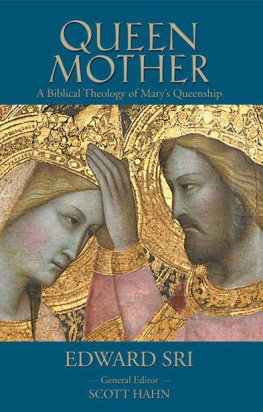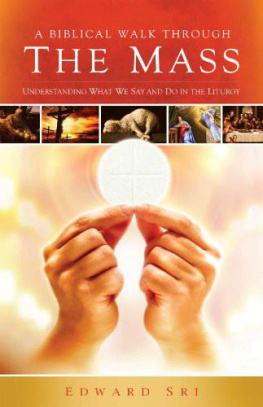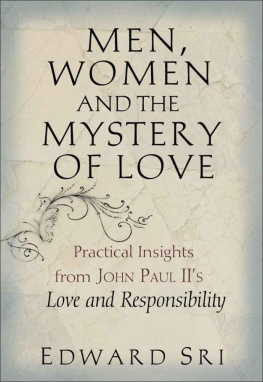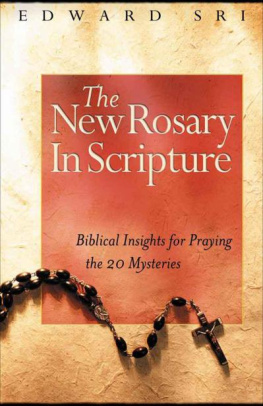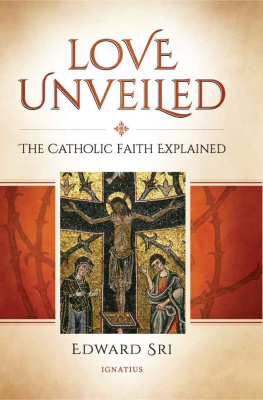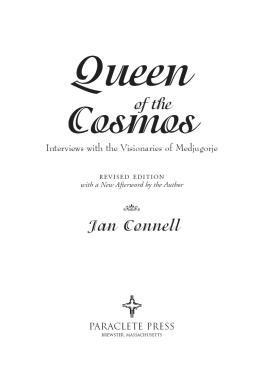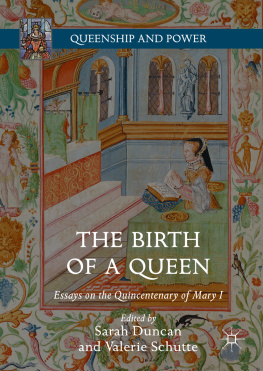The Letter & Spirit Project
This publication appears as part of the Letter & Spirit Project, a series sponsored by the St. Paul Center for Biblical Theology. The Project aims to advance the work of biblical theology by publishing studies of important themes in Sacred Scripture from literary, historical, and theological perspectives. Biblical theology requires the integration of these various fields of research.
Of all the documents history has bequeathed to us, Scripture is unique. Only the Bible is inspired by God (2 Tim. 3:16). The Church has always held that God the Holy Spirit is the principal author of Scripture, though the human authors freely cooperated in this work. This mystery of dual authorship reflects the mystery of Jesus Christ. He is the Word Incarnate; the Bible is the Word inspired. Christ is without sin; the Bible is without error. Like Christ, the Scriptures are given for the sake of our salvation, and both give us Gods definitive self-revelation.
Understanding of the Bible, then, requires the study of both the divine and human elements, the theological and spiritual as well as the literary and historical. Biblical theology, in particular, requires an integrated study of these divine and human elements. For they are united in a way analogous to the union of the two natures of Christintegrally united, though without confusion or division. If we distinguish between these elements, we distinguish not to separate, but to unite. Biblical theologians since Augustine (and even before) have operated according to these principles: we can only arrive at spiritual and theological truth by first determining the human authors intended meaning. Hugh of St. Victor expressed this in a compact way: Historia fundamentum est (history is the foundation). Thomas Aquinas developed this by saying: All other senses of Sacred Scripture are based on the literal.
We begin with the human because it is in the humanity of the Word that the full revelation of divinity has come to us. Again, since the Lord of History is the author of the sacred page, there is no confusion or division. A single divine economy ( oikonomia ) is at work both in salvation history and in its inspired record. Augustine said that ordinary human writers use words to signify things; but God uses even created things to signify things. So not only are the words of Scripture signs of things that happened in history, but the very events of sacred history were fashioned by God as material signs that show us immaterial realitiestemporal events that disclose eternal truths. Thus, the literary sense of the Bible conveys historical truth, which is itself the Scriptures divine meaning. As Augustine said: The literary sense is the sign ( signum ), of which the historical truth is the signified ( signatum ).
Christ is the meaning of all Scripture. The New Testament itself makes this abundantly clear. Yet it is equally clear that the fulfillment of the Old Covenant did not terminate with His death and Resurrection. The fulfillment continues in the church through the sacraments, by the power of the Holy Spirit. This fulfillment takes place especially in the liturgy, but never apart from Scripture. Scripture is what explicates the meaning of the sacraments; the sacraments actualize the truths and mysteries of salvation history.
This Project takes as its starting point articles 11 and 12 of Dei Verbum , the Second Vatican Councils dogmatic constitution on divine revelation. Beginning from the premise of dual authorship, the council encourages scholars in the careful and faithful employment of methods of literary studyanalysis of form, genre, grammar, logic, rhetoricand to do the same with historical analysis, examining events against their cultural background.
The councils guidance culminates in the establishment of three criteria for interpreting Scripture. The Catechism of the Catholic Church extracts those criteria and distills them into imperative statements:
1. Be especially attentive to the content and unity of the whole Scripture (no. 112).
2. Read the Scripture within the living Tradition of the whole Church (no. 113).
3. Be attentive to the analogy of faiththat is the coherence of the truths of faith among themselves and within the whole of revelation (no. 114).
The Catechism concludes: It is the task of exegetes to work, according to these rules, towards a better understanding and explanation of the meaning of Sacred Scripture in order that their research may help the Church to form a firmer judgment (no. 119).
These principles stand as a safeguard against academic, cultural, or temporal provincialism. They also protect scholars from the danger of falling into allegorism. The events and realities of the biblical record possess their own historical dignity and integrity, but they stand also as signs of divine mysteries. This is a profound consequence of the Incarnation: the eternal comes to us through the temporal.
No study in this series can accomplish all the goals of the Project. That is the work of several lifetimes. Each study focuses on particular elementsliterary, historical, or theologicaland each shows a boldness in breaking down the artificial barriers and barricades raised by recent generations in the academy.
Most of these works began as doctoral dissertations, which were completed over the last several decades. They stand as examples of the kind of scholarship that can and should be done in service to the Church. They have been chosen for the quality of their technical presentation, but we hope that interested lay readers will also find them accessible. We present the Letter & Spirit Project to all who are interested in the cultivation of a deep faith informed by reason.

